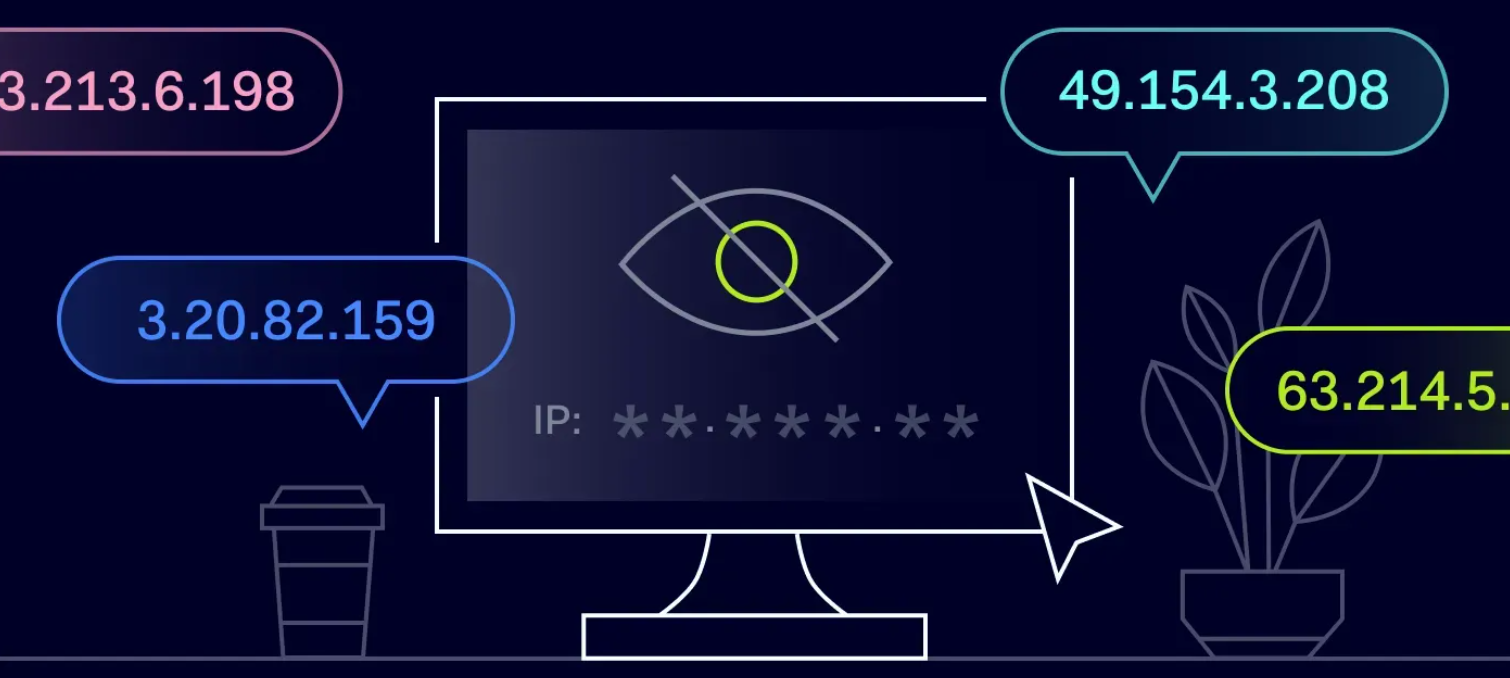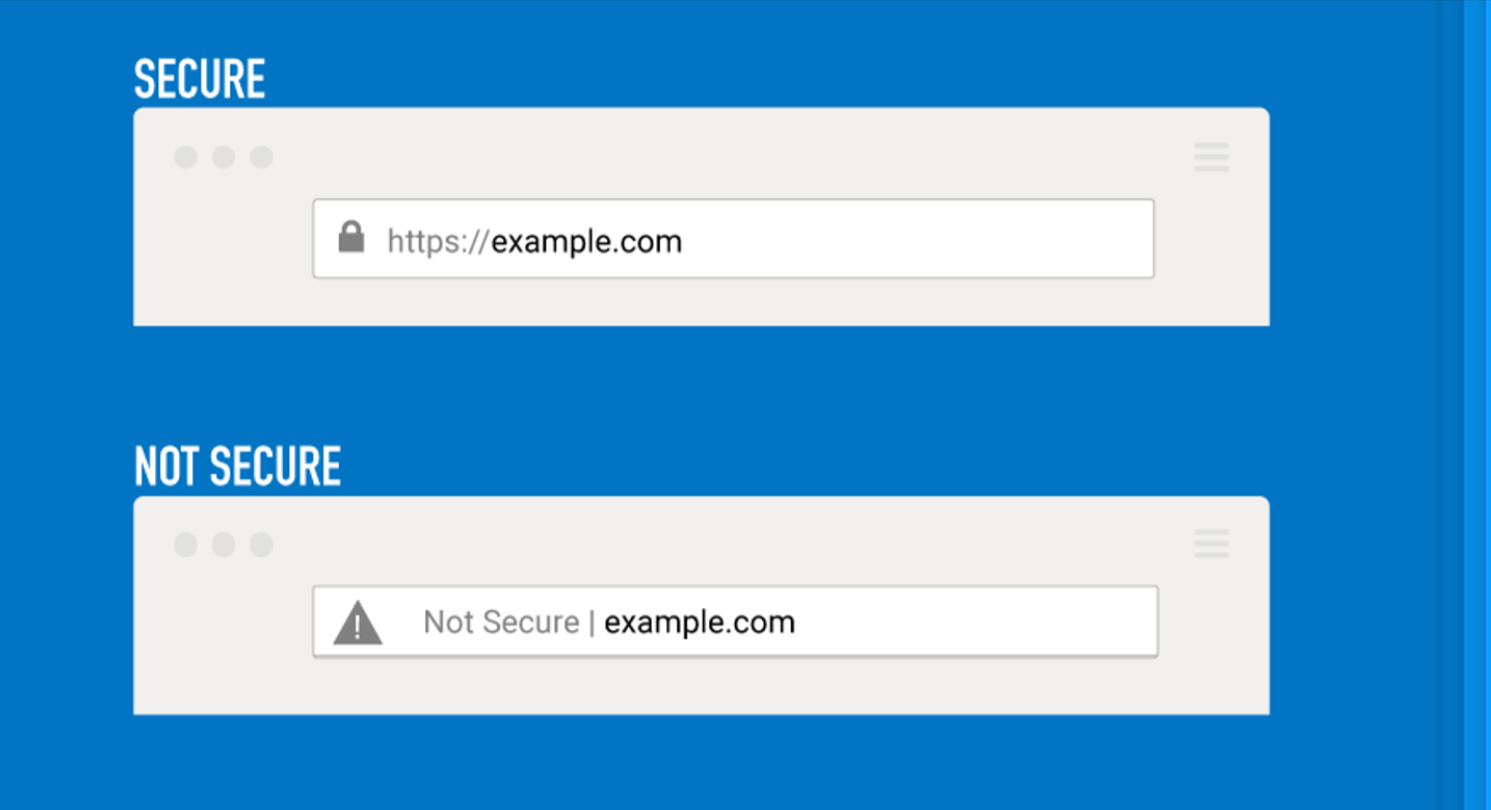How to Identify and Block Malicious IP Addresses

So don't worry; we've divided it up. We'll tell you how to spot and get rid of nasty IP addresses to start interfering with your things. Easy and simple as that to get.
What’s an IP Address, Anyway?
You've got to know what an "IP address" is before you even think about tracking and blocking it. Hence, "IP (Internet Protocol) address" means this super-special bunch of numbers that gets allocated to every gadget online. It's like having a home address but directs all the messages coming to and going from the web.
Now listen up, there's a pair of IP address flavors:
IPv4: This format super common, splits into four number bunches (like 192.168.1.1).
IPv6: The new kid on the block meant to dish out way more IPs, sports a heftier format (think 2001:0db8:85a3:0000:0000:8a2e:0370:7334).
What a fake IP address refers to is an address that cyber laws would use to perform their dirty jobs like attacks, spam, stealing information, or simply creating chaos in a system. Knowing how to identify and block such addresses will help you a lot in protecting your network.
Why Are Malicious IP Addresses a Threat?
Malicious IP addresses can be very harmful when it comes to security. So, let's discuss some of the reasons these naughty boys could risk being too dangerous:
First of all, malicious IP addresses can throw attacks on networks. That's not a joke. Just imagine; someone breaks into your home - that's the same when it happens online. And the drama continues.
Also, these unhealthy IPs spread viruses - not the cold kind. Serious viruses that are sure to ruin your day or, even worse, your whole system.
That besides, these sneaky IPs - sneak out as if it is legitimate and pow! then steals the data.
The website will be flooded with junk traffic which is a definite energy sap for the site and for someone trying to use it.
So yeah, watch out for those malicious IP addresses. They're trouble with a capital T.
DDoS Attacks: Bad guys often use nasty IPs to slam your network with too much stuff coming in all at once. This attack can make your internet crawl like a snail or just knock it out.
Brute Force Attacks: Some of the online baddies might take these dodgy IPs and keep guessing your passwords. They keep at it hammering away until they hit the jackpot and get in.
Malware Distribution: The troubled IP addresses are hardly real agents in distributing malware, such as viruses, trojans, or ransomwares, to just anybody; if anything, they are like sick children handing out candy. All of that is, in fact, quite useful on your PC, provided it succeeds in stealing private details. Phishing: Ingenious cybercriminals devise counterfeit sites and issue scam messages from widely distributed IPs to mislead people into providing personal information, such as their password secrets or plastic money numbers.
Malicious IP addresses give cybercriminals a chance to hide and do their dirty work in secret. You've gotta catch and stop these bad actors fast.
Spotting the Bad IPs
To safeguard your network spotting those bad IP addresses ranks top. Good news is, we got a couple of clever moves to spot and keep an eye on shady activities.
1. Keep an Eye on Your Network Movement
Kicking things off with watching your network movement is smart. Pull this off with network monitoring tools peeking at what's coming in and going out. Let's check out a few smart ways to keep tabs on your network movement:
Firewalls: Not do firewalls aid in keeping harmful IPs out, they also keep a record of odd actions. This record can point out the exact IPs causing the weirdness.
Intrusion Detection Systems (IDS): An IDS keeps an eye on your network's traffic looking for weird patterns or dodgy asks from certain IPs.
Log Files: Make sure to peek at the logs from your routers, firewalls, and servers. You can dig up tons of useful stuff regarding incoming connections and spot the nasty IPs in these logs.
2. Use IP Lookup Tools
IP lookup gadgets give you the scoop on an IP's rep. They dish out deets on where it's at, who's behind it, and the kind of stuff it's up to. When an IP's been naughty, like getting itself on a blacklist, the gadget will give you a heads-up.
Some pretty well-known IP lookup gadgets are:
IPVoid: Sizes up an IP's rep on a bunch of blacklists.
WhatIsMyIP: Hooks you up with intel on an IP's locale and who owns it.
AbuseIPDB: A spot to rat out or scope out IPs stirring up trouble.
Do a reverse IP search to check if an IP's linked to hacking, spam, or bad stuff.
3. Watch for Odd Stuff Happening
Spotting nasty IP addresses also means watching for weird happenings on your network. Keep eyes peeled for these hints:
Loads of Data Rushing In: When an IP zips a ton of data to your network, watch out. It might be tangled in a DDoS smackdown or trying to crack passwords by force.
Oops, Wrong Password Again: Seeing the same IP slip up on passwords time after time? That's a dead giveaway it’s muscling in with a brute force beatdown.
Poking Around Closed Doors: An IP that pokes at ports you don't use, or that you've shut tight, is up to no good hunting for weak spots to break into your system.
Weird Timing for Connects: The bad guys like to sneak around when you're not looking. Keep an eye peeled for logins or bits flying in and out when the office is quiet.
4. Peep at Blacklists
There are so many cybersecurity firms keeping track of malicious IP addresses known for wreaking havoc. They constantly update those IP numbers that continue to fool around cyber attacks, spams, and other nefarious activities. If you have a rotten IP number, use these lists to check whether it is being blacklisted by such firms.
Here are some services that keep an eye on these sketchy IPs:
Spamhaus: This one is super popular and keeps track of IPs that are up to no good with spam and cyberattacks.
Project Honey Pot: This service is all about catching IPs linked to spambots and hackers doing bad things.
SORBS: If you're trying to stop bad IPs that send scammy emails, this blacklist is your go-to.
5. Use Services for Threat Knowledge
IP addresses of ill-repute are being peddled lately by threat intelligence providers. These fellows tap into international databases of threats to watch the usual sinners. You can deploy these services into your network setup to detect and block malicious IPs on the fly.
Some top picks for threat intelligence providers are:
Cisco Talos
AlienVault Open Threat Exchange (OTX)
CrowdStrike
6. Scout for Behavior Trends
Spotting the same IP address that emerges time and again or making specific types of shady requests, such as poking around confidential files or having a go at well-known weak spots? That's a dead giveaway you've got a nasty IP on your hands. Keeping an eye on those activities could make you block those threats before the mess starts.
Ways to Halt Bad IP Addresses
When you spot a bad IP address blocking it is your next move. You've got a bunch of tactics for stopping those malicious IPs:
1. Halting IPs with Firewalls
A popular method to stop bad IPs is with a firewall. These tools keep an eye on traffic moving in and out and you can set them up to nix certain IPs. Lots of today's firewalls let you:
**Block IP addresses **: Spot a fishy IP? Chuck it right into your firewall's "no entry" list.
Create auto-block rules: Hey, some firewalls are smart enough to let you whip up rules that boot IPs on their own. This happens when they sense shifty stuff, like a bunch of login fails or a traffic jam of data.
2. Router-Level IP Blocking
Kick those nasty IPs to the curb using your router's tools. Lots of routers pack a punch with security tricks to block IPs. Wanna block an IP? Just take a peek at these usual moves:
Access your router's admin panel.
Head over to the section on security or your firewall.
Put the bad IP addresses on the block list.
Make sure to save and put your changes into action.
3. Using Server Settings to Block IPs
Got a server? Like a site server or maybe an email server? Well, you can set it up to keep those nasty IPs out. Check it out:
Apache Web Server: Slap this line into your
.htaccessfile to stop IPs: cssCopyDeny from [malicious IP address]Nginx Web Server: Just drop this rule into your Nginx config file: cssCopydeny [malicious IP address];
4. Using Cloud Solutions for Blocking Bad IPs
Wonderful tools to block evil IPs, cloud solutions like Cloudflare and AWS come in handy. Sophisticated features such as limiting the frequency of requests to your page based on the likelihood of an IP being villainous, are designed to detect threats in real time, thereby ensuring the safety of your web platform against those irritated IPs.
5. Blocking Nasty IPs on Email Servers
Blocking IPs that continue to send spam or meddle with your system is an option generally applied when managing email servers. There are sure applications of this type, including SpamAssassin or MailScanner, which would prevent you from having to deal with keeping incoming mails from naughty ones away from your inbox.
Wrapping Up
Find and block nasty IP addresses to secure your network and your gadgets. Monitor your network flow, use IP search tools, check blacklists, and use different blocking techniques. This reduces the possibility of digital attacks. Stay ahead of the game and regularly scan your network for danger.

